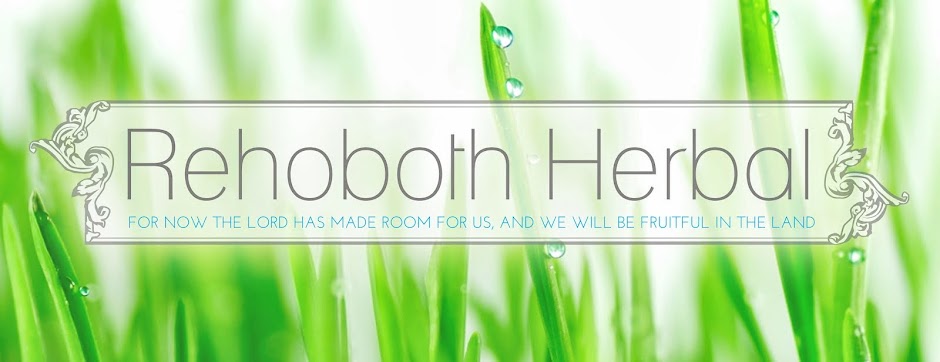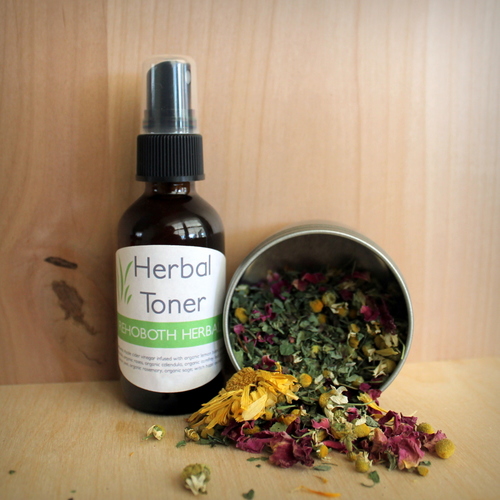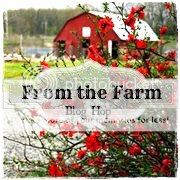Ladies, I mustache you a very important question...
Now that you have totally herbalicious skin,
*Gag*
I'm sorry. I won't do it again.
Anyway, let's ask some tough questions:
1. Do you have facial hair that needs to be dealt with? Please be willing to honestly assess this situation, and please don't always trust indoor lighting. For years now I've kept tweezers in my car. Why? Because even if I think I have my eyebrows, etc. under control, when I get in my car and look in the rearview mirror, I almost always see something I missed.
2. If you are using a commercial product to deal with facial hair, have you read the ingredients? Do you know what they are and can you pronounce them?
For years I used a commercial wax strips product and then I read the ingredients:
Wax Strips Ingredients: C5-6 Alkane/cycloalkane/terpene copolymer, polyisobutene, glyceryl rosinate, ethylene/va copolymer, bisabolol.
The search for a natural alternative began. At this point I was in the rather unfortunate position of having a hair removal emergency, so I headed to my local Target for an immediate, interim product before I could do more research and here's what I came home with:Azulene Finishing Oil Ingredients: Ethylhexyl isononanoate, sesamumindicum (sesame) seed oil, C13-14 isoparaffin, phenoxyethanol, isononanoic acid, menthol, methylparaben, tocopherol, butylparaben, ethylparaben, guaiazulene, isobutylparaben, propylparaben.
Nad's Facial Wax Strips
Hair Removal Strips - Triethylene Glycol Rosinate, Glyceryl Rosinate, Cera Alba (Beeswax), Mica, Titanium Dioxide, Parfum (Fragrance), CI 4700 Yellow 11, CI 61565 Green 6.
Soothing & Finishing Wipes - Isopropyl Myristae, Coco-caprylate/caprate, Isohexadecane, Tocopheryl Acetate, Prunus Amygdalus Dulcis (Sweet Almond) oil, Calendula Officinalis Oil, Bisabolol, Parfum (Fragrance), Phenoxyethanol, Caprylyl Glycol, BHT.Verdict: They worked just fine, and I did rather like their "softer fabric technology." However, despite marginally better ingredients, many are still unacceptable to me.
Next I tried a sugaring product:
Moom Organic & Natural Hair Remover For Face & Travel
Cane Sugar (Organic), Lemon Juice (Organic), Chamomilla (Organic), Tea Tree (Melaleuca Alternifolia) Oil (Organic), Aloe Vera (Aloe Barbadensis) Leaf Juice, WaterVerdict: The ingredients were great, and I liked that it came with reusable cloth strips, but I didn't find it very effective or easy to use. In all fairness, I only tried it once, so maybe I could have achieved better results with more practice, but...
Finally I found a winner!
Parissa Wax Strips
Note: I am not associated with Parissa in any way, nor do I receive any compensation for promoting their products. I just like them.
wax: glyceryl rosinate (pine resin), ricinus communis (castor oil), cera alba (beeswax), titanium dioxide
Verdict: Easy to use, effective, and I'm okay with almost every ingredient. (I'm not a big fan of titanium dioxide, but since this isn't a product I'm leaving on my skin I'm willing to let it slide in this case.)azulene oil: isopropyl mystrate (vegetable source), tocopheryl acetate (vitamin e), azulene (chamomilla recutita extract), menthol crystals
What about you? How do you deal with unwanted facial hair?
This post shared at Frugally Sustainable's Frugal Days, Sustainable Ways #84






















